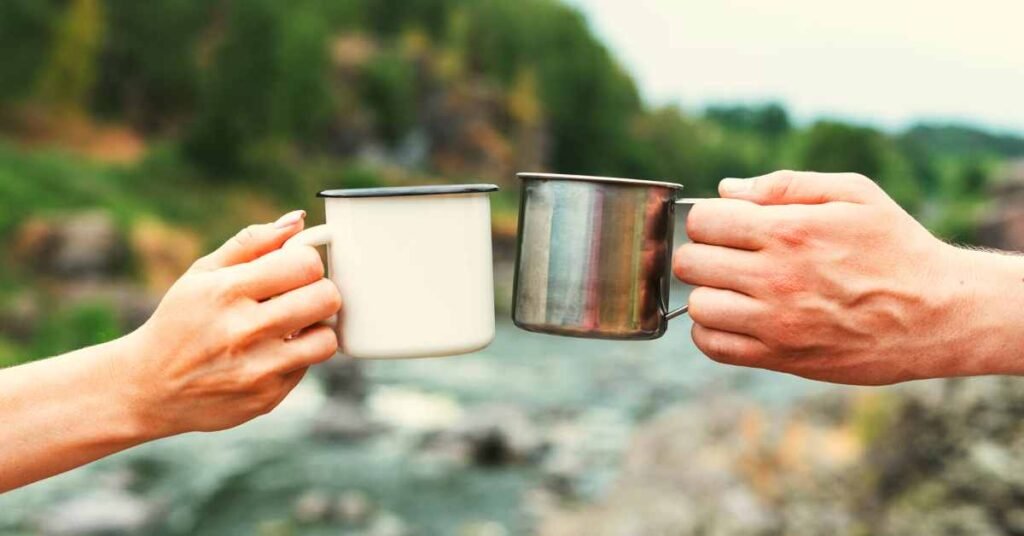Balanitis is a condition characterized by inflammation of the glans, or the head of the penis.
While there are various causes for this condition, ranging from infections to poor hygiene, some individuals explore alternative and natural remedies to alleviate symptoms and promote healing.
In recent times, there has been growing interest in the potential benefits of tea in managing balanitis.
This article delves into the various aspects of tea, its types, and whether it can play a role in the prevention and management of balanitis.
Understanding Balanitis

Before exploring the potential benefits of tea, it’s essential to understand balanitis.
This inflammatory condition can be caused by a variety of factors, including bacterial or fungal infections, irritation from harsh soaps or detergents, tight foreskin, or certain skin conditions.
Symptoms often include redness, swelling, itching, and discomfort, which can significantly impact a person’s quality of life.
Traditional treatments usually involve antibiotics or antifungal medications, but some individuals seek complementary approaches, such as incorporating tea into their routine.
Types of Tea and Their Properties
Tea comes in various forms, each with its unique properties.
The most common types include green tea, black tea, white tea, and herbal tea. Understanding the specific properties of each can provide insights into their potential effects on balanitis.
Green Tea
Green tea is celebrated for its rich antioxidant content, particularly catechins such as epigallocatechin gallate (EGCG).

These antioxidants are known for their anti-inflammatory and antimicrobial properties, which may contribute to the reduction of inflammation associated with balanitis.
Black Tea
Black tea undergoes a more extensive oxidation process than green tea, resulting in a darker color and bolder flavor.
While it may not contain as many antioxidants as green tea, black tea still offers potential health benefits, including its antimicrobial and anti-inflammatory properties.
White Tea
White tea is the least processed among the traditional teas, making it a rich source of antioxidants.
It contains polyphenols that may assist in reducing inflammation and promoting overall skin health.
Herbal Tea
Herbal teas encompass a wide range of infusions made from herbs, flowers, fruits, and spices.
Chamomile tea, in particular, is renowned for its anti-inflammatory and soothing properties, making it a popular choice for individuals seeking relief from various skin conditions.
Potential Benefits of Tea for Balanitis

Anti-Inflammatory Properties
The anti-inflammatory properties found in various teas, especially green tea and chamomile tea, may help alleviate the inflammation associated with balanitis.
These properties can potentially provide relief from redness, swelling, and discomfort.
Antimicrobial Effects
The antimicrobial properties of tea, attributed to compounds like catechins and polyphenols, may help combat bacterial or fungal infections that contribute to balanitis.
Regular consumption of tea could potentially support the body’s immune response against such infections.
Skin-soothing Qualities
Herbal teas, such as chamomile and calendula tea, are known for their skin-soothing qualities.
Applying these teas topically or incorporating them into a bath may offer relief to irritated skin, reducing itching and discomfort associated with balanitis.
Hydration
Staying hydrated is crucial for overall health, and certain teas can contribute to daily fluid intake.
Hydration is essential for maintaining skin health, and adequate fluid intake may help the body in its natural healing processes.
Considerations and Precautions

While tea shows promise in supporting the management of balanitis, it’s essential to approach these remedies with caution and consult with a healthcare professional. Here are some considerations and precautions:
Individual Variability:
Each person’s body reacts differently to substances, and what works for one individual may not be effective for another. It’s crucial to monitor how the body responds to tea and discontinue use if any adverse reactions occur.
Topical Application:
While herbal teas like chamomile may be soothing when applied topically, it’s essential to ensure that the tea is properly diluted and does not cause further irritation. Always conduct a patch test before applying herbal teas directly to sensitive skin.
Medical Advice:
Before incorporating tea into a balanitis management plan, individuals should consult with a healthcare professional. They can provide personalized advice based on the specific underlying causes of balanitis and the individual’s overall health.
Final Word
Tea, with its diverse range of types and properties, holds potential benefits for individuals dealing with balanitis.
The anti-inflammatory, antimicrobial, and skin-soothing qualities found in various teas, especially green tea and herbal infusions like chamomile, may aid in alleviating symptoms and supporting the body’s natural healing processes.
However, it’s crucial to approach tea as a complementary measure and not a sole treatment for balanitis.
Consulting with a healthcare professional is essential for a comprehensive and personalized approach to managing this condition.
As with any health-related topic, individual responses may vary, and caution should be exercised when exploring alternative remedies.
MEDICAL DISCLAIMER
Itsnevernotteatime.com cannot and does not contain medical/health advice. The medical/health information is provided for general and educational purposes only and is not a substitute for professional advice.




